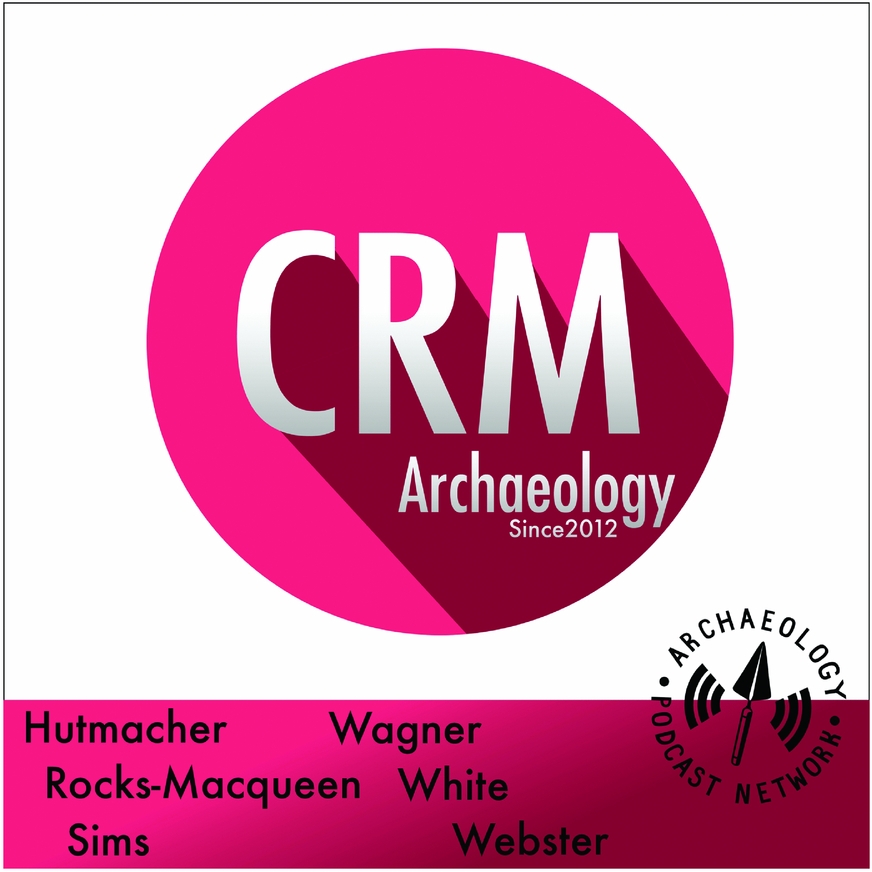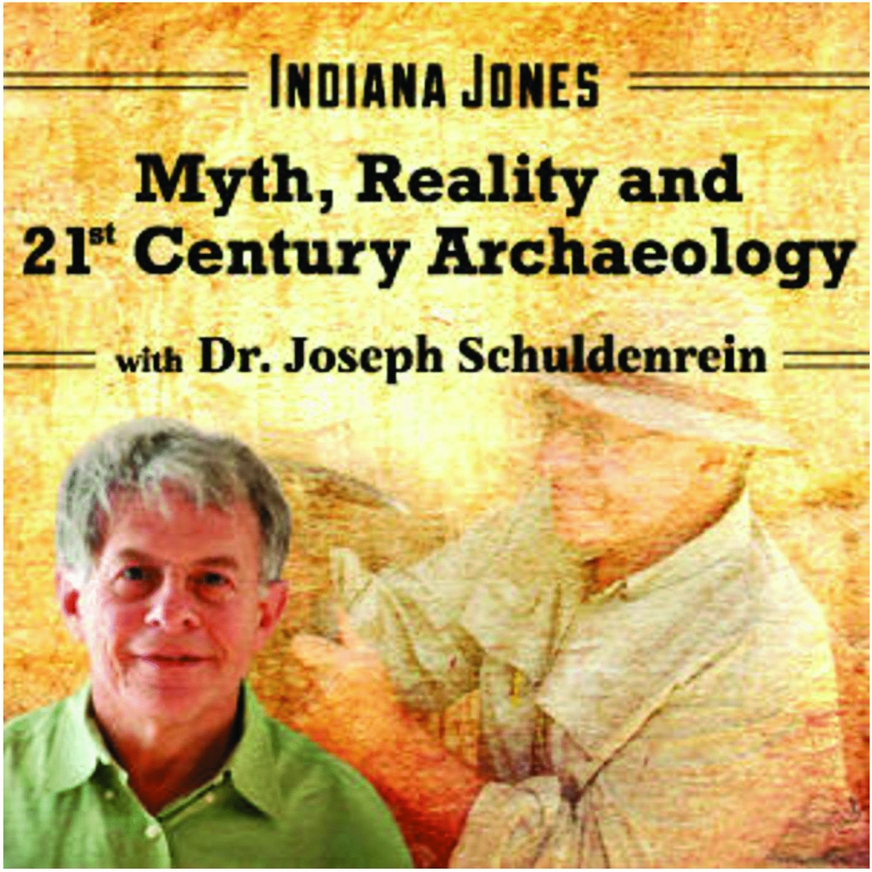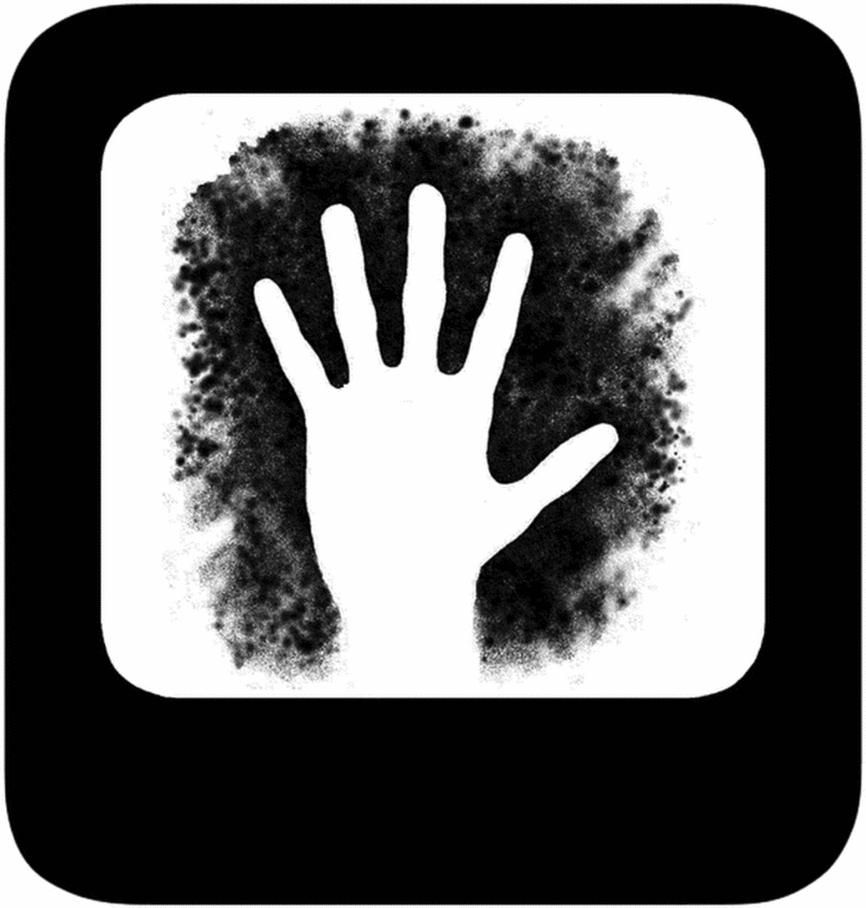The podcast as a communicative medium continues to rise in popularity as an opportunity for individuals to express themselves in similar ways to traditional radio and television. Critically, though, the recording of a podcast does not need a full studio for production. Rather, an individual possessing a microphone, free editing software, and time can create an audio show that is then uploaded to the Internet for people to download and listen to. Although podcasts can be found via standard web searching, they are also often listed in podcast directories, such as iTunes, Sticher, Google Play, and Miro (Ortega Reference Ortega2015), and hence are easily discoverable through both desktop browsers and mobile apps, making it simple to subscribe to multiple shows. The iTunes store, owned by Apple, is a particularly popular directory: a podcaster must submit a special kind of link, called an RSS feed, to Apple and have it approved. An RSS feed is a dynamic link that lets anyone attached to it know when an update is made to a web page—in this case, a listing of podcasts. Once the podcast is accepted to the directory, various search engines can access it and allow people to search by name or category (chosen by the podcasters themselves).
In addition to presenting a show, many creators (henceforth podcasters) use music, sound clips, and editing to make their podcasts stand out. It should also be noted, in contrast to professional radio broadcasts using large recording studios, that it is possible to record with a smartphone out of the box. Manufacturers have released basic recording apps built into the supplied software on phones, which are perfectly sufficient for producing meaningful podcasts: Sony's Audio Recorder and Apple's Voice Memos are good examples.
THE PLACE OF PODCASTS: WHO IS LISTENING?
According to research carried out by Edison Research and Triton Digital, 36% of the American population listens to podcasts, with 40% of those respondents listening to between 1 and 3 hours a week (Webster Reference Webster2016). The UK RAJAR Midas Audio Survey reports that 4.7 million adults in the UK listen to podcasts, with 66% of those people using a smartphone to listen to the medium (RAJAR 2016). There are little or no data available on podcast listening patterns in other continents or countries; however, there are a number of blogs in South Africa and Asia that describe the increasing interest in, and popularity of, podcasts as an interpretative medium (Chng Reference Chng2017; Cridland Reference Cridland2016; Harding Reference Harding2016; IANS 2017; Lee Reference Lee2016). The possibilities for exploiting this medium for productive archaeological public outreach, therefore, seem obvious. New strategies of learning are key in providing a continually improving form of archaeological outreach and, as noted elsewhere, it is important that we fully realize the potential that these methods can offer archaeologists (Bonacchi and Moshenska Reference Bonacchi and Moshenska2015).
Yet direct information on the audience for podcasts is very difficult to obtain; the aforementioned surveys were completed by specialist companies surveying the general population, whereas a small podcast may not have the resources to carry out data collection with their listeners. Efforts were made to contact the podcast organizers for the shows reviewed below, and since I am part of the Archaeology Podcast Network (APN), I have been able to obtain the APN's general listening numbers, also noted below. Despite this, I do not have access to enough information to compare direct listener numbers or to provide a breakdown of listenership.
THE PODCASTS
Despite lack of data, I am still able to briefly review a series of podcasts in order to comment on their various forms, their uses, and impacts. Below, I attend to the following programs in turn:
-
• The CRM Archaeology Podcast by the APN
-
• Indiana Jones: Myth, Reality and 21st Century Archaeology with Dr. Joe Schuldenrein, from the VoiceAmerica Variety channel (hereafter IJ:MR21)
-
• Audio News, from The Archaeology Channel (TAC).
TABLE 1. List of Podcasts Reviewed Here, Including Name of Show, Main Contributor and Release Schedule.

The CRM Archaeology Podcast – Archaeology Podcast Network
The CRM Archaeology Podcast was started by Chris Webster in 2013. It features a number of active, or previously active, field archaeologists who share their opinions and experiences on different professional topics every two weeks. These topics include working outdoors (Episode 92), degree inflation (Episode 82), and safety in the field (Episode 11) (APN 2017a). The podcast's main audience is archaeologists, as detailed by the main host, who wanted to “engage with professionals” (Webster Reference Webster2014). In comparison with the other podcasts in this review, the language used is often expert in nature and geographically biased. Webster refers, for example, to “crew chief,” “per diem,” and “SHPO” (State Historic Preservation Officer), all of which relate to the American archaeological profession. It is likely that members of the general public who are not directly affiliated with the field would not find the topics interesting. Discussions are led by host Chris Webster with input from the panel, and they work as extensions to the panels or roundtables that one could expect to see at professional conferences.

FIGURE 1. The logo for the CRM Archaeology Podcast from the Archaeology Podcast Network. Image courtesy of Chris Webster.
Indiana Jones: Myth, Reality and 21st Century Archaeology (IJ:MR21) – VoiceAmerica
IJ:MR21 is produced on the VoiceAmerica Variety channel. The main host, Joe Schuldenrein, is primarily introduced with his title of Dr., signifying that he is an expert. This focus on expertise is furthered through the introduction and intermission advertisements of the VoiceAmerica Variety channel, which play between segments: the podcast is explained as a place where experts come to talk about subjects they care about. These rhetorical clues and hints cue the audience before an episode really begins. There are a number of reviews for this show that are mixed, with some reflecting on the use of the title as “trying too hard to reference pop culture” (Elder Reference Elder2017) and commenting on the way in which the VoiceAmerica advertisements are very intrusive. I return to these points again below.

FIGURE 2. The logo for Indiana Jones: Myth, Reality and 21st Century Archaeology from VoiceAmerica. Image courtesy of Dr. Rick Pettigrew.
Audio News (The Archaeology Channel (TAC) – Archaeology Legacy Institute)
Audio News is an output of TAC, part of the Archaeological Legacy Institute (ALI). The ALI was set up in 1999 to collect and disseminate information about the archaeological record to both professionals and the general public (Pettigrew Reference Pettigrew2014). Episodes are presented and recorded by Richard Pettigrew, founder of the ALI, and Laura Pettigrew, the voice of the Audio News podcast.

FIGURE 3. The logo for Audio News from The Archaeology Channel. Image courtesy of Dr. Joseph Schuldenrein.
Audio News boasts the honor of being the oldest archaeology-specific podcast, with its first archived broadcast running from June 4 to 10, 2001 (The Archaeology Channel 2017a). The average length of each show is 11 minutes long, including an introduction and overview of four heritage-related news stories. These stories follow a similar format to print news, with a headline, tagline, and body. One story then leads into another with a small guitar jingle as a transition. The Audio News podcast fits the description of a “broadcast experience” (Bonacchi Reference Bonacchi and Moshenska2017); unlike shows with presenters who use their personality to interact directly with an audience, the focus of the show here is purely on news.
COMPARISON
Drawing from these examples, it is clear that audience choice is of great importance to the structure, length, and format of a podcast; the interactions that an online media entity has with its audience will define who will continue listening to it.
In Episode 107 of the CRM Archaeology Podcast, the panel of hosts respond to an e-mail sent in by a listener. The e-mail describes a young person asking advice on a career in CRM archaeology. The hosts directly relate the listener's experience to the field of archaeology and provide examples of the areas he could work in, making connections between experiences of carpentry and historic preservation. This episode is one of the best examples of the direct connection that audiences can have with podcasts, and it demonstrates how audience interaction can influence a podcast. Moreover, there is versatility in terms of the listening experience, which can take place in a variety of environments. As one reviewer writes of the CRM podcast, “Nice show to listen to on the way to work or out in the field” (Tech Reference Tech2015).
The reviews for IJ:MR21 also give an insight into audience experience of the show. One listener says that they found the content enjoyable, yet the self-referential advertising distracts from the show. As they describe it, the segments are “saccharine” (Zmc406 et el. 2017). The show uses experts to provide information on the topics that are being discussed, and this is generally well received by the audience in their reviews. However, some reviewers comment that poor hosting and audio quality can detract from their enjoyment (Zmc406 et el. 2017).
The Audio News podcast feedback, as sourced from iTunes, is, overall, very positive. One reviewer, WanVonV (2017), comments that the show “pushed [them] from curiosity to enthusiasm” with regard to archaeology.
It is clear from such reviews that the podcasting medium can have a direct effect on its audience, making it an intriguing avenue of communication for archaeologists. Data around the nature and extent of impact, however, are sparse, and I do question whether these forms of broadcasting are equipped to be truly participatory. Arguably, they continue a top-down approach to public archaeology as traditional outreach (Richardson Reference Richardson2014), similar to curated institutional blogs. These podcasts do not use any audience-created material and, although I have presented one listener-generated example above, from the CRM Archaeology Podcast, this is not common. Participation in these forms of media can involve more than the audience simply subscribing to them or otherwise donating to their maintenance (APN 2017b; The Archaeology Channel 2017b).
CONCLUSION
Podcasting archaeology is still quite limited in terms of the range of shows on the market. The Archaeology Podcast Network reports approximately 70,000 listeners at the time of writing, but in comparison to the entire listener base of podcasting in the US and the UK as noted above (T. Webster Reference Webster2016; RAJAR 2016), this number is still very small. Nevertheless, there is a healthy variety of content available for a relatively broad, although still primarily professionally oriented, audience. Shows such as the CRM Archaeology Podcast give “a peek behind the curtain” and, more importantly, demonstrate that outreach can include expert audiences and archaeologists-in-training. The common tropes of archaeology in traditional media are not found so often in online media because of the closeness of the presenters to their audience, often in a continuous feedback dynamic. Audio News and IJ:MR21 both heavily encourage feedback during the shows by sharing contact information with listeners and asking them to respond. This is where podcasts can begin to be a far more engaging and participatory presence in archaeology, taking influence from the audience they are directly producing for. As a podcast producer myself, I value the input from audiences as a way to understand how I am disseminating information or presenting ideas. The podcasts in this review provide an alternative to traditional media; they are better placed as bilateral outreach methods by the virtue of their ease of access and ease of contact. There are untold possibilities with this form of media.






